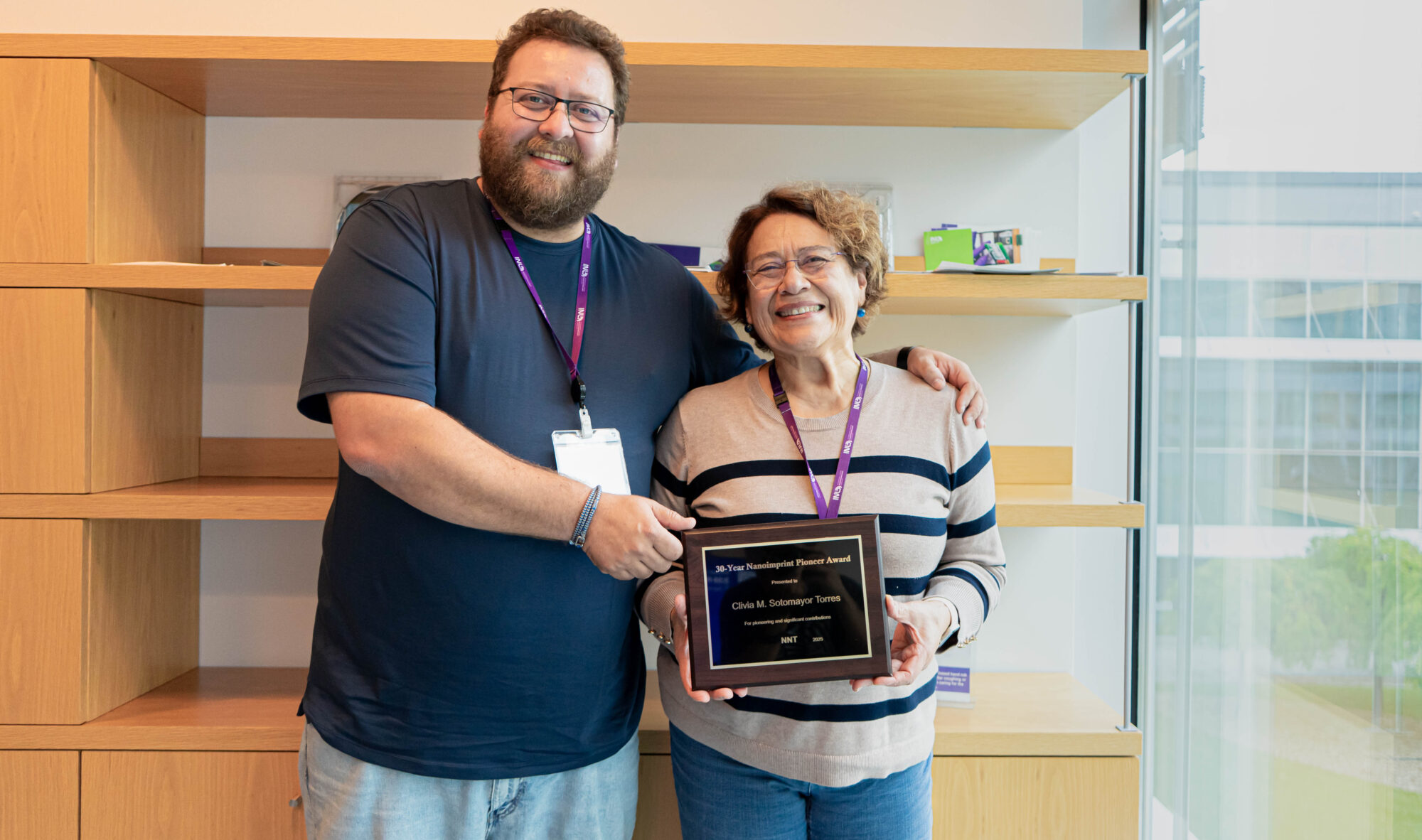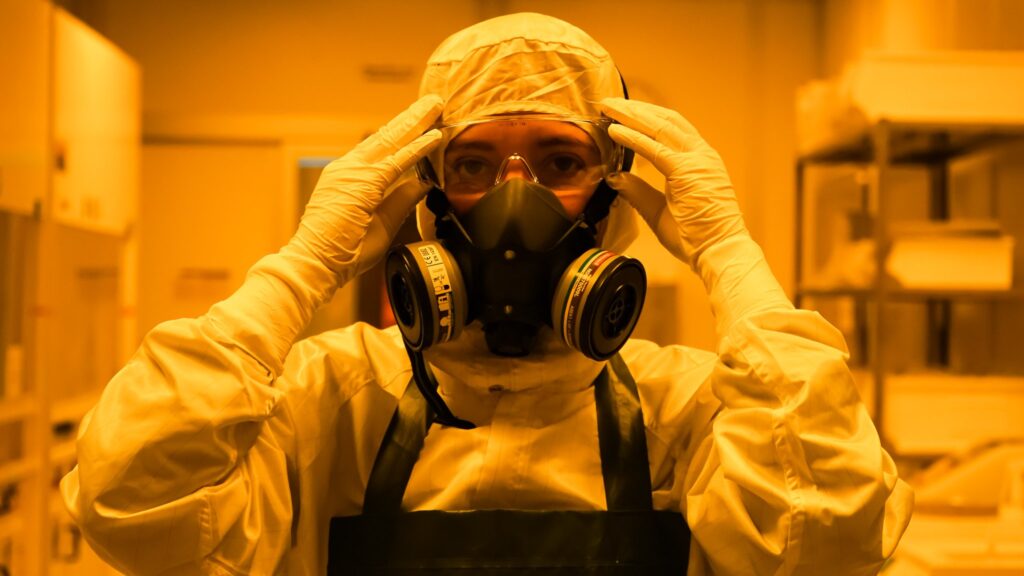Earlier this year, INL welcomed industry professionals, researchers and students for two intensive one-week workshops on Micro-/Nanofabrication for Integrated Photonics, a training initiative supported by the NextChip programme, coordinated by the University of Vigo. The workshops brought together 20 participants from leading institutions and companies across Spain, including the University of Vigo, AIMEN, Gradiant, and QuantaLux, for advanced training in nanofabrication processes for integrated photonic technologies. Participants praised the program for its relevance and depth, highlighting the value of hands-on experience in INL’s state-of-the-art cleanroom facilities. Designed by Jana Nieder and Bruno Romeira, the course combined theory with practical modules on design, simulation, fabrication, and characterisation of photonic integrated circuits (PICs). Training was structured around three main demonstrator processes: The course received contributions from several INLers, including Carlos Calaza and José Rodrigues on clean room processes and clean room general access, Diogo Aguiam and Patrícia Sousa on diffractive optical elements for PICs, from design to nanofabrication via nanoimprint technology, Tiago Magalhães and Artur Andrishak on 2D and 3D polymer PICs from finite-difference time-domain (FDTD) simulation to their fabrication and characterisation, Bruno Romeira and João Azevedo on active PICs, such as MicroLEDs, related design, simulation and nanofabrication and characterisation techniques, and […]
Read more


